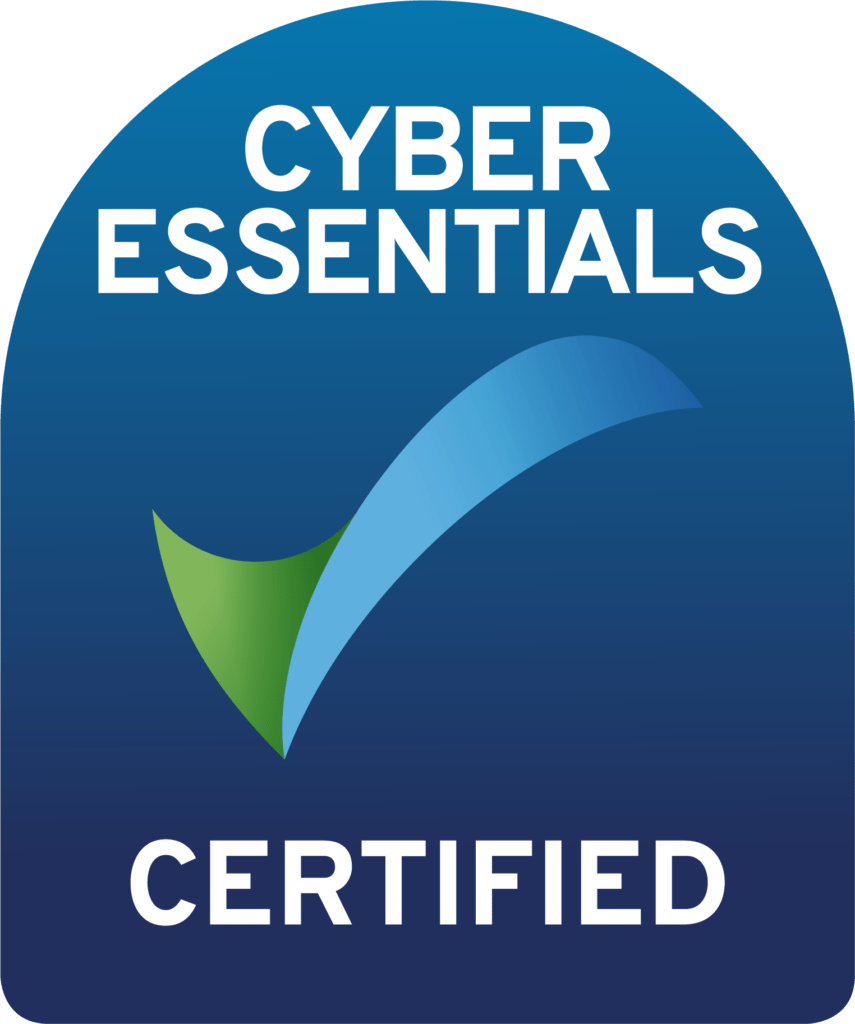It’s survey season! Are you one of the many companies who are starting to roll out their annual employee engagement survey? Great if you are! The first step to understanding your team is to ask the questions to begin with.
But once the results are in, how do you know if the time and money invested is paying off? Well that’s what we’re here for! Let’s explore some tips for measuring the return on investment/ROI of employee engagement surveys.
Why Calculate ROI on Surveys?
The main thing to understand is that Surveys alone don’t create change. So (slightly against the topic of this blog) it’s probably not wise to calculate the ROI of employee engagement surveys alone. What really matters is that you’re probably going to gather a lot of data. Data that may highlight the issues within your company. From that data you can start creating action plans to fix your problem areas, and that’s where the ROI lies.
Once these action plans are in place, you can have a look at their effectiveness in solving the highlighted issues, and whether that effectiveness is worth your hard earned pennies, and worth continuing.
Some key benefits of measuring engagement survey ROI:
- Prove value and justify costs
- Identify what actions influence productivity
- Prioritise high-impact focus areas
- Track performance over time
- Show alignment with business objectives
How to Measure the ROI of Employee Engagement Surveys
Take a look through these steps and see if they can help you quantify the ROI of your employee engagement survey,
- Establish goals
First, clarify what you want to achieve from surveying employees. Looking to reduce turnover? Improve sales? Boost productivity? Defining goals sets the framework for what to measure.
- Gather baseline metrics
Collect relevant pre-survey measurements like turnover rate, sales figures, productivity stats, operating costs, etc. This benchmarks where things stand now.
- Implement action plans
Carry out changes to address survey findings. This is where rubber meets the road in creating impact from feedback.
- Track post-survey metrics
After allowing time for actions to take effect, gather the same metrics again. Compare to baseline numbers to quantify changes.
- Calculate ROI
Plug metrics into an ROI formula. Estimate the financial value of gains. Factor in costs of surveys and actions taken.
- Re-evaluate over time
Conduct surveys annually or biannually to get updated ROI measurements. Track trends to guide strategy.
Calculating the ROI in this way makes the business case for acting on employee feedback. It quantifies the value of listening to your people. Without connecting insights to real impact, surveys just float in the aether.
Successful organisations continually measure survey ROI to optimise their actions and engagement strategy. This ensures sustainable benefits over time.
Ready to start tracking returns on your engagement efforts? Well funnily enough, here at Wotter we have a built-in action planning system to connect insights to business results. Let’s talk if you need help demonstrating the measurable value of listening to employees.
If you’re after some calculators to work out your turnover, or burnout, we have those too!





